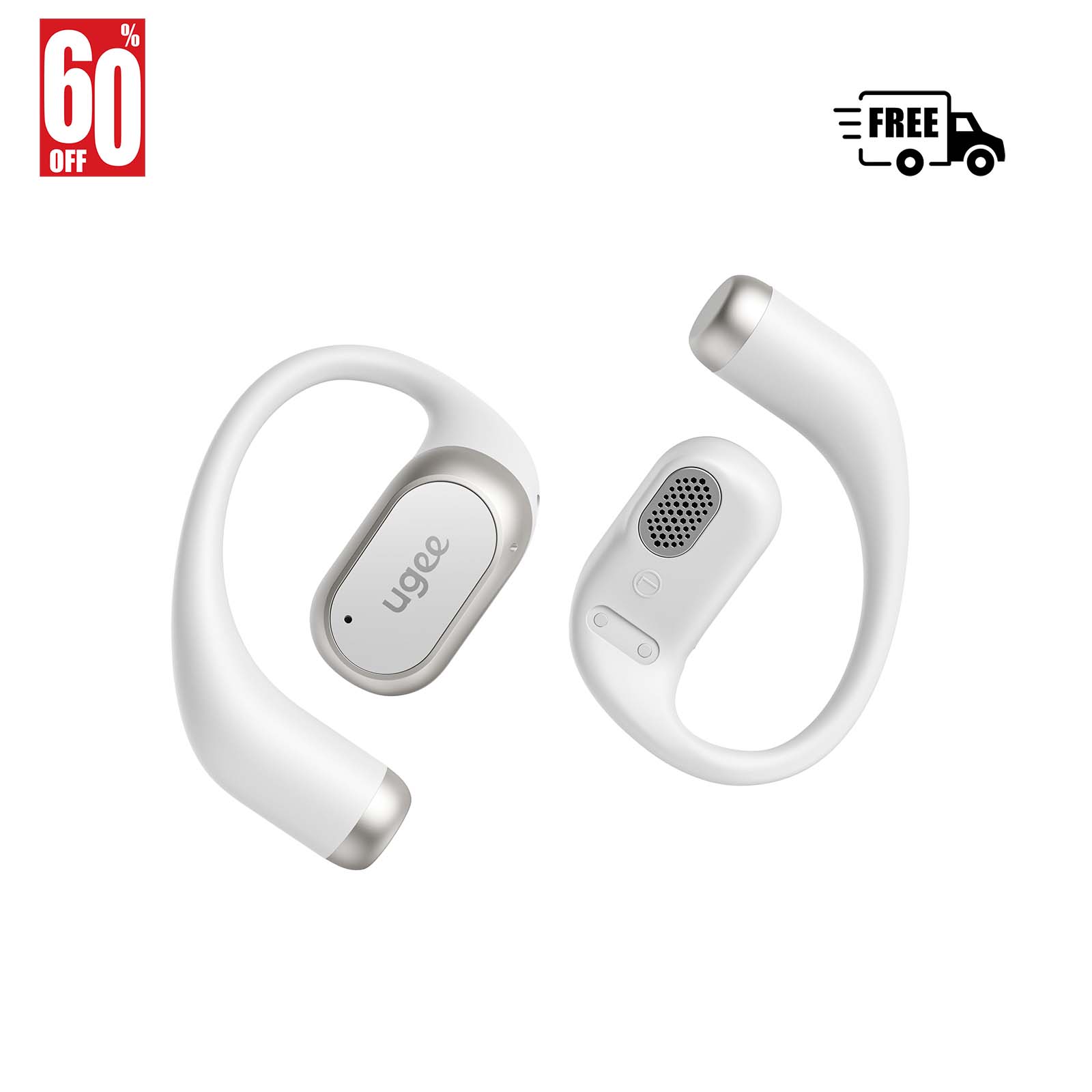Bluetooth Basics and Fixes: From Airplane Use to Audio Delay
Bluetooth is everywhere. Your earbuds. Your laptop. Even your car. It’s the invisible thread tying your gadgets together.
Most of the time, it just works. Tap to connect. Music starts. Calls come through. Simple. But when it doesn’t? Laggy audio. Dropped connections. Confusing rules about when you can—or can’t—use it. That’s when knowing a bit more really helps.
Let’s break it down.

Table of Contents
What Bluetooth Is and Why It Matters in Everyday Life
So… what Bluetooth is, exactly? Think of it as a short-range radio handshake. Your phone and your earbuds talk over the 2.4 GHz frequency band. No wires. No hassle.
It’s been around since the ’90s, but every version since has made it faster and more reliable. A few quick facts:
- Range: About 10–12 meters indoors. Outdoors, much more.
- Battery-friendly: Built to sip power, not guzzle it.
- Universal: Almost every modern gadget speaks Bluetooth.
Why does that matter? Because it’s the glue. It lets your laptop keyboard, smartwatch, and earbuds all stay connected without a tangle of cables.
Can You Use Bluetooth on a Plane? (Rules & Safe Tips)
Here’s a common one: can you use Bluetooth on a plane? The short answer—yes.
Airlines follow FAA and EASA rules. Both say Bluetooth is fine, as long as your device is in Airplane Mode (cellular off). Most carriers let you use it right after takeoff. Some even allow gate-to-gate.
Pro tip: Pair your earbuds before boarding. That way you don’t fumble with settings mid-flight.
And battery life? No worries if you’re using the FreSound Inspiration Open Earbuds. They give you 8 hours on a single charge. Add the case, and you’ve got 30 hours total. Enough for even those brutal long hauls across the Pacific.
How to Fix Audio Delay on Bluetooth Headphones
Quick Fixes at a Glance
- Update your earbuds and phone.
- Delete and re-pair devices.
- Switch to AAC or aptX codecs (better than default SBC).
- Stay close—within 10–12 meters.
- Keep Wi-Fi on 5 GHz to avoid 2.4 GHz interference.
- Don’t let the battery dip too low.
- Invest in low-latency earbuds like FreSound Inspiration.
That’s the fast answer. Let’s go deeper.
Why the Delay Happens
- Codec limitations: SBC is the default. Reliable, but slow. Advanced codecs like aptX Low Latency or LC3 are designed for smoother sync.
- Bluetooth versions: Old tech means more lag. Bluetooth 4.0 vs Bluetooth 5.3? Night and day. The Inspiration Open Earbuds use 5.3, so they cut lag big time.
- Weak processing power: If your phone or laptop is struggling, audio is the first to stutter.
- Crowded signals: Bluetooth lives in the 2.4 GHz band, right alongside Wi-Fi and microwaves. Overlap = delay.
- Battery drain: Low juice makes devices scale down performance.
- Distance and walls: The farther you are, the harder the signal works. Even your body can block it.
- Outdated firmware: Bugs happen. Updates fix them.
Step-by-Step Fixes
Check your version
Bluetooth 5.0 and above are best. The FreSound Inspiration runs on Bluetooth 5.3, which means more stable connections and fewer sync issues.
Update everything
Earbuds. Phone. Laptop. Firmware updates often target latency problems.
Forget and re-pair
Clear the connection. Start fresh. It wipes out cached errors.
Switch codecs
On Android: Developer Settings → Bluetooth Audio Codec → pick AAC or aptX.
On iOS: It defaults to AAC, which usually works well.
Stay close
Don’t push it. Keep within 10–12 meters. No thick walls in between.
Cut interference
Switch Wi-Fi to 5 GHz if you can. That frees up the 2.4 GHz band for Bluetooth.
Check app settings
Some apps—video editors, music software—let you tweak sync manually. Use it.
Charge up
Keep both devices above 20%. A drained battery can cause stutters.
Use wired if you must
If precision is mission-critical (say, editing video), a cable guarantees zero lag.
Pick better gear
Not all earbuds are equal. FreSound Inspiration Open Earbuds are tuned with balanced sound chamber design and custom acoustic curves. That helps cut lag while keeping audio rich and natural.
Bluetooth Versions Explained: 5.0 vs 5.3
Not all Bluetooth is created equal. Versions matter. Here’s a quick look:
| Feature | Bluetooth 5.0 | Bluetooth 5.3 |
|---|---|---|
| Release Year | 2016 | 2021 |
| Indoor Range | ~10 m | ~12 m |
| Latency | Noticeable | Lower, smoother |
| Power Efficiency | Good | Even better |
| Multi-Device Connection | Limited | More stable |
| Audio Quality | Standard | Supports LE Audio (LC3 codec) |
| Security | Strong | Stronger encryption |
Bottom line? If you’re shopping today, go 5.3. It’s stable, efficient, and future-proof. Which is why FreSound built the Inspiration Open Earbuds around it.

Wrapping Up — The Future of Bluetooth
Bluetooth started as a way to ditch cables. Now it’s the backbone of wireless living. Every update makes it faster, cleaner, and more reliable.
For earbuds—especially open-ear styles like FreSound Inspiration—Bluetooth 5.3 changes the game:
- Smooth streaming without lip-sync issues.
- Longer battery life thanks to smarter power handling.
- Better range so you can move without dropouts.
And it’s only getting better. Bluetooth 5.4 is already on the horizon, promising even sharper performance.
FAQ
Is Bluetooth safe for your health?
Yes. It uses low-power radio waves, far below harmful levels. Studies from bodies like the WHO show no risk at typical exposure.
Why is Bluetooth sometimes unstable?
Usually interference. Wi-Fi overlap. Low battery. Or outdated software. Modern earbuds with Bluetooth 5.3 and smart noise tech—like the FreSound Inspiration—handle those issues much better.









Aktie:
Can Bad Audio Quality Make Your Ears Hurt?
What Are Best Earbuds for Android?